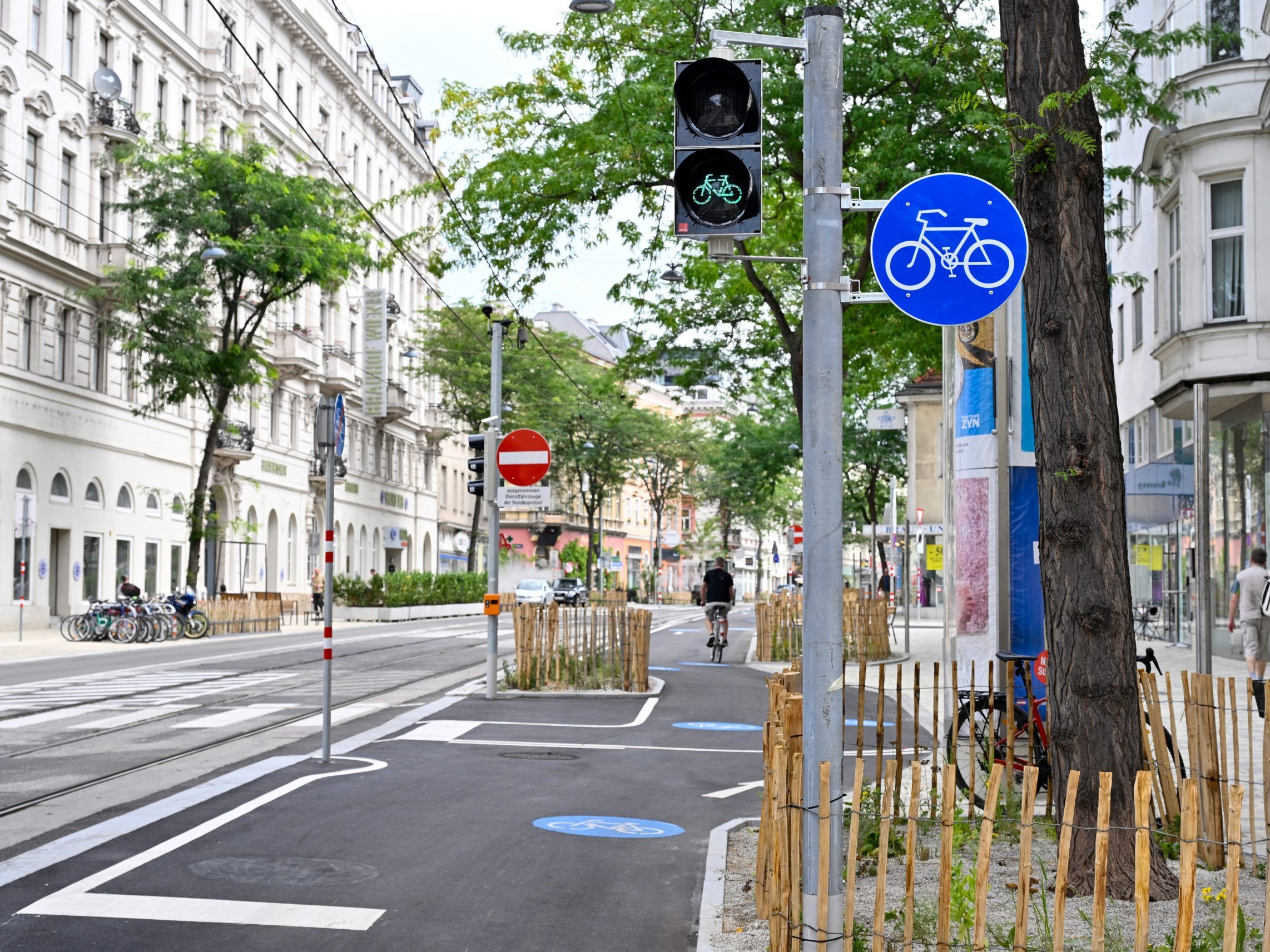AI Study in Vienna: Origin Influences Place of Residence Down to the Block

Migrants with the same nationality usually live in similar residential areas in Vienna, and the composition of residents can change surprisingly within just a few blocks. This finding comes from a pilot study by researchers at the Austrian Academy of Sciences (ÖAW), which also used a register created by artificial intelligence (AI).
Viennese Researchers Work with AI Register
For ÖAW urban researcher Robert Musil, the synthetic register developed by the Vienna City Statistics (MA 23) in collaboration with the company Mostly AI represents an "extraordinarily innovative approach to working with microdata," as he explained in an APA interview. Typically, research with these data is cumbersome due to data protection and "not necessarily cheap." Therefore, in addition to the segregation of the capital's residential population, the usability of the AI-generated data was also a subject of investigation.
According to information, this is essentially a type of duplication of the Vienna register created using AI methods, where it is not possible to trace back to real individuals. In Austria, the use of such datasets is uncharted territory, Musil said. In the USA, the UK, and Scandinavian countries, they are already used in medical research or the financial sector, for example.
Origin Determines Viennese District - and Even Residential Building
The researchers queried, among other things, the country of birth and citizenship in the synthetic register. The result: People with roots in Germany tend to live in the inner districts such as the first, fifth, sixth, or eighth district, while people with Turkish or ex-Yugoslavian backgrounds are more present in districts around the Gürtel - such as Ottakring, Rudolfsheim-Fünfhaus, or Favoriten.
The researchers were surprised by the granularity of the spatial segregation. "It is most pronounced at the lowest level examined - that is, at the level of blocks," Musil said. "Normally, segregation is studied in larger areas like census districts. However, much social variation and dynamics remain hidden."
This fragmentation of socio-spatial patterns can be explained, among other things, by differences in rental prices within the districts - these are much lower near the Gürtel in the 7th district of Vienna than just three blocks away, explained Musil. Another reason could be the so-called voluntary segregation, meaning the fact that people tend to move to areas where their own community is already represented.
Significant Differences Within Communities
It has also been shown that different origin groups are segregated to varying degrees. According to the researcher, Ukrainians often live in organized accommodations, which leads to a high degree of segregation. People with a Polish background, on the other hand, are much more widely distributed throughout the city. This could be because the group is socially mixed and can therefore afford different levels of rent.
There are also large variations in the different housing market segments: People with a Turkish background tend to move more often into municipal housing because they have been living in Vienna for a longer time. New immigrant groups, such as Germans, tend to be found where property prices are high, explained Musil. Overall, the pattern of segregation is also determined by the different housing market segments, such as old building rents, ownership, municipal housing, or non-profit developers, as these have different access barriers and are unevenly distributed in the urban space.
AI Registration System Still Needs Development, But Has Great Potential
Regarding the question of whether the synthetic registration system delivers the same results as the actual information, the team gives a mixed answer: While the AI data across the entire city of Vienna generally matched a test run by the Vienna state statistics with the actual registration system, there were significant deviations at the local level. Additionally, the comparison showed that segregation is consistently underestimated in the AI-generated registration system. "We recommend considering factors that emphasize spatial variation, such as small-scale property prices or traffic axes like the Vienna Gürtel, in a new synthesis," said Musil.
For urban planning and research, it would be "a huge advantage" to adjust the virtual register accordingly. More and more precise knowledge at the small-scale level could help identify hotspots of segregation and counteract them in terms of upgrading measures in a timely manner. "And: Just because someone shouts loudly doesn't mean they are affected by the biggest problems. Thus, the tool could help to objectify discourses to some extent," concluded the researcher.
(APA/Red)
This article has been automatically translated, read the original article here.





